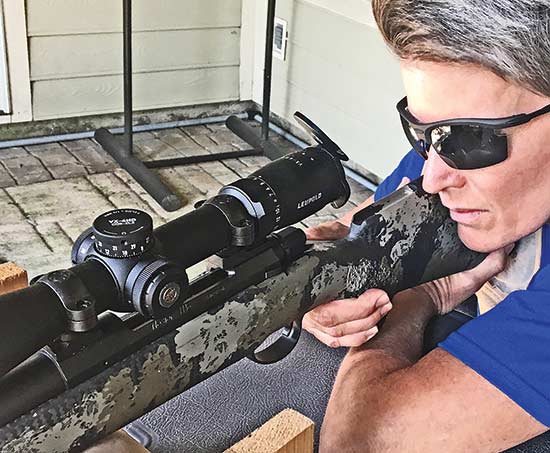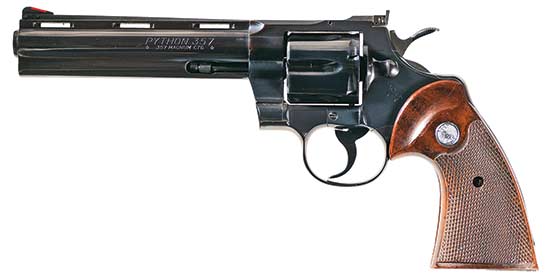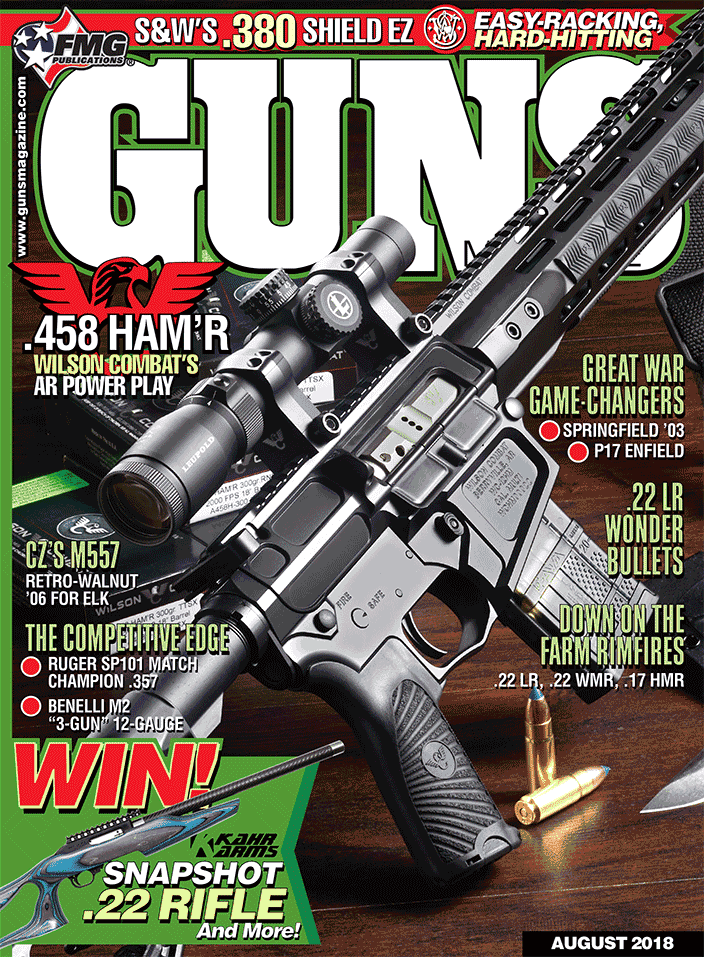Zero Hour
We’ve All Gotta Do Our Time At The Bench
I used to spend a lot of time trying to shoot little tiny groups with scoped, bolt-action deer rifles, generally at 100, but sometimes 200 yards. Often it was to see which brand or type of ammo gave me the “littlest” little tiny group.
But mostly it was to simply anchor this group at the optimum measurement above my point of aim to give me the most forgiving trajectory arc for hunting deer or hog-size critters. Most shooters refer to this as “zeroing,” and I did a lot of it.
Anyway, if I could distill all the bench time into Three Things I’ve Learned, they’d read something like this: (1) scope ruggedness and repeatability trump super-duper optics; (2) more magnification seldom helped me get better groups; and (3) nothing stays zeroed forever.
Affordable Quality
Heavily used items tend to get progressively better and less expensive. Today, the lowliest smart phone can “out-photo” the breadbox-sized digital cameras I remember from the mid-’90s. And scopes are no exception to this.
Our resident optics guru John Barsness has long maintained the vastly improved lenses (and coatings) of moderately priced scopes have torpedoed the old chestnut about optical quality equaling high dollars. Which is fine with me. My expertise on optical quality is roughly comparable to my expertise on Cabernet or Pinot Noir. Meaning I can tell bad from good (kinda), but when I hit the stretch from good to great, things get foggy.
The most hard-won bit of scope wisdom ever imparted to me came from a crabby, highly knowledgeable old gunwriter named Jack Lott. He said “Remember, a scope is a sight. Stop calling it a damned optic.”
Okay, so the extra loot you’re parting with for the high-end stuff is — hopefully — going for mechanical reliability and adjustment repeatability. And since a lot of hunters today are using dial-up knobs in the field for long-yardage shots, this factor is even more critical, which is why guys still buy the super-premium scopes.
Power And POI
I usually hunted with rifles in the .30-06 class, using scopes in the 4X-6X magnification range (or set this way). When a trip came up, I’d zero to print around 2” high at 100 yards. I stopped going any higher ’cause I’ve shot over stuff at “mid-range” when I was in a hurry and trying to “help” the bullet.
Then I’d shoot it to see where it was actually hitting at 200 and do any fine-tuning required (I never trusted drop tables). Today this may sound like a rudimentary approach, but I never shot past 300 and I always tried to keep the old “shoot at hair, never at air” adage in mind.
And then there’s the subject of magnification. Assuming I’m shooting something along the lines of a sporter-weight .270 — not some half-ton benchrest .222 — I’ve always found the more I see my heartbeat making the reticle dance, the less precision I was capable of. A 4X, 6X or 8X at least allows me the illusion of steadiness, calming me down to the point where I actually shoot better. I’m not going to flat-out claim the illusion is as good as the real thing, just sayin’…
Another thing. We’ve all heard stories about magic rifles staying in zero, season after season, decade after decade. If you’ve got one, fine. But check it anyway — mounts, screws everything. Then shoot a group to confirm, and if it’s right where you left it before, congratulate yourself on your good fortune and get to hunting. When synthetic-stocked rifles began to take over the market, there were claims zero shifts were a thing of the past. Maybe so, maybe no. My experience says “Usually. Up to a point.”
And if you know you’re going to check your zero when you get to where you’re going on an out-of-state hunt, don’t be obsessive about absolute perfection at the local rod and gun. You may be shocked to discover airline bumps and bangs — not to mention any radical elevation changes — change things considerably. That’s what final checks are for. So bring enough ammo for a lengthy corrective session if needed. Save the “I never take more than five rounds” philosophy for when you’re hunting close to home and are willing to wait for high-percentage shots.
Gold In Them Thar Snakes
If you’ve ever regretted selling away a Colt Python in your misspent youth, you’d better stop reading right now, ’cause this may just wring some fairly bad language out of you. At last February’s 2018 Regional Firearms Auction at Rock Island Auction Company, a blued 6″ specimen caused the gavel to slam down at $3,450. Now, even taking inflation into consideration — from back in the early 1960s when my cherished childhood copy of Gun Digest listed them at $125 — this represents a return on the original investment on a par with original Disneyland stock — which was once sold door to door!
Kershaw
Ph: (800) 325-2891
https://kershaw.kaiusaltd.com/
Rock Island Auction
Ph: (309) 797-1500
www.rock-island-auction-company/
Kershaw’s Latest Cutter
There’s another first-rate flipper in the Kershaw lineup. The Atmos is a very graceful lightweight (1.9 oz.) liner-lock folder with a 3″ modified drop-point blade. The handle is lightweight G10 with a carbon fiber inset as grippy and grabby as you’ll find. Designed by noted knifesmith Dmitry Sinkevich, this one cuts as easy as it opens. I haven’t sliced a finger with it yet, but give me time! $49.95.






